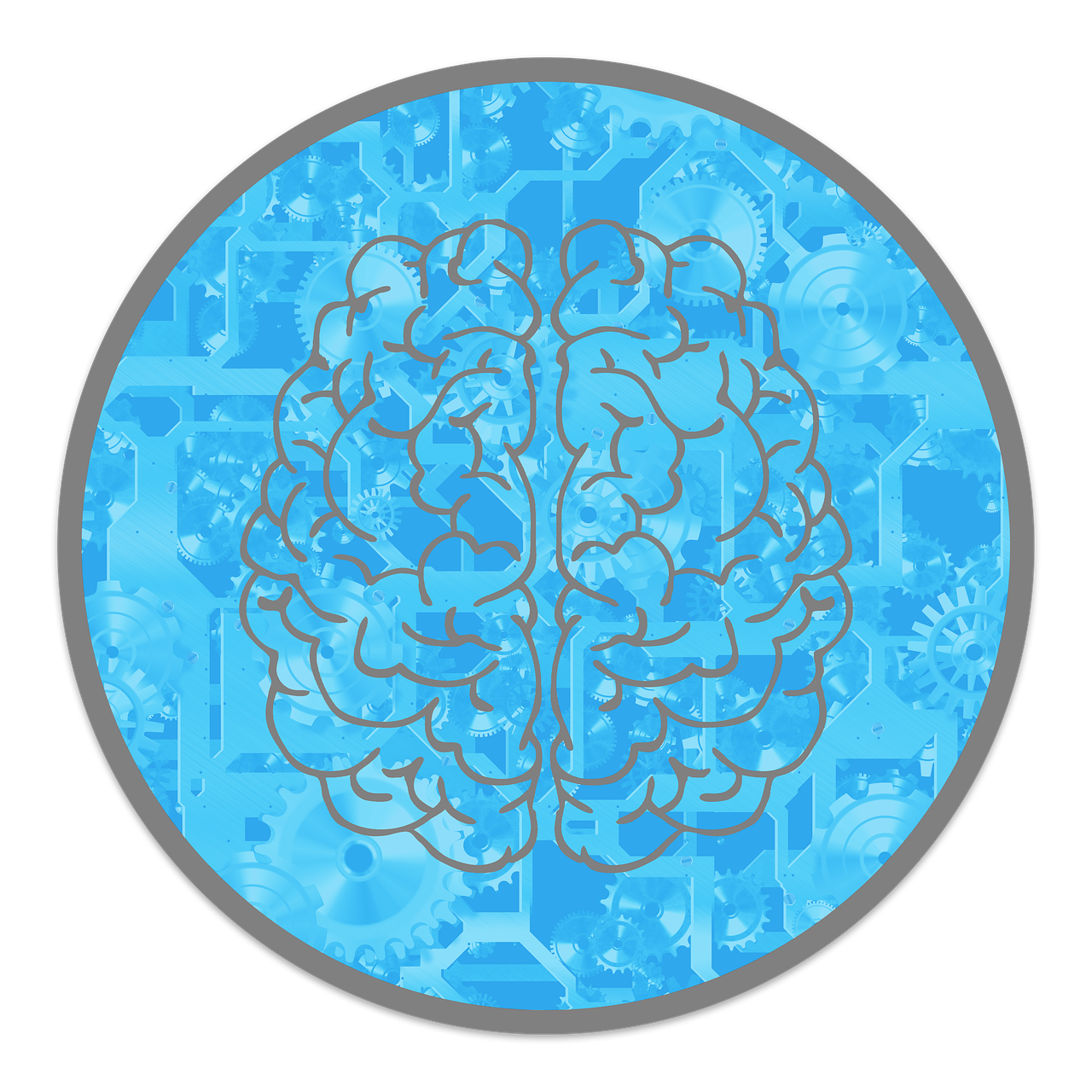
Struggling to keep your remote team engaged? An 80-year-old study says just paying attention might be the secret.
It’s called the Hawthorne Effect—basically, people work better when they know someone’s noticing.
First spotted in a 1920s factory, now super relevant for today’s Zoom-and-Slack world.
Turns out, showing up (even virtually) still matters.
Understanding the Hawthorne Effect: A Foundation for Modern Management
Ever notice how people step up their game when they know they’re being watched?
That’s the Hawthorne Effect—a concept that dates back to a 1920s factory in Chicago.
Researchers at Western Electric were testing how things like lighting and break times affected worker productivity.
But no matter what they changed—brighter lights, longer hours, shorter breaks—productivity went up.
Why? Because the workers knew someone was watching and taking notes.
Psychologist Elton Mayo figured out it wasn’t the changes themselves, but the attention that made the difference.
People felt seen, so they worked harder.
It was a plot twist that flipped how managers thought about motivation.
Forget just money or comfy chairs—this showed that human connection and being acknowledged can move the productivity needle just as much.
Basically, it’s like reality TV for the workplace: when the cameras are on, everyone brings their A-game.
The Psychology Behind the Effect
So, what’s really going on in people’s heads when they know they’re being watched?
A few classic brain hacks kick in—and they still hold up, even in today’s Slack-and-Zoom world:
We perform better with an audience
This is called social facilitation.
When we know someone’s watching—boss, coworker, even a camera—we naturally try harder.
It’s that “don’t mess up” energy, kind of like when you suddenly type faster because your manager’s walking by.
We get more self-aware
Being observed makes people more conscious of their behavior.
We double-check our work, focus more, and care about the details—like proofreading that email twice because you know it’s being CC’d to the whole team.
We feel like we matter
When a manager checks in or notices your effort, it sends a subtle message: Hey, what you do counts.
That sense of being valued hits our human need to feel important—and that boosts motivation big time.
The “new toy” effect
At first, being observed can feel exciting—like a burst of energy when you start a new job.
But heads-up: that high doesn’t last forever.
Without real engagement, people go back to baseline.
The key? Keep the attention meaningful, not just performative.

Modern Applications: From Factory Floor to Digital Workspace
Even though we’re far from the 1920s assembly line, the Hawthorne Effect still hits home—especially now that most of us are working in Slack threads and Zoom rooms instead of break rooms.
Here’s how it shows up today:
Performance management systems
Forget once-a-year reviews.
Now it’s all about continuous feedback—weekly check-ins, progress dashboards, and real-time goal tracking.
When people know their work is being seen regularly, they naturally bring more focus and effort.
It’s like fitness tracking for performance: the numbers on the board keep you moving.
Remote work supervision
Remote work is great for flexibility, but tough on visibility.
Gallup found that fully remote workers are actually the most engaged—but they also feel the most isolated.
The fix? Light-touch visibility.
Regular virtual check-ins, project updates, and open communication give team members the sense that their work matters—without breathing down their necks.
Team collaboration and project management
Tools like Asana, Notion, and Trello naturally trigger the Hawthorne Effect.
Everyone can see who’s doing what and when—it creates subtle social pressure (in a good way).
It’s like a group chat where no one wants to be the one holding up the plan.
Leadership development programs
Leadership programs that include 360° feedback, mentoring, or peer reviews work well because people know they’re being observed.
That awareness helps future leaders level up faster—it’s personal growth meets performance spotlight.
Implementing the Hawthorne Effect: Best Practices for Modern Managers
Want to tap into the Hawthorne Effect without creeping out your team?
It’s not about surveillance—it’s about smart visibility and genuine attention.
Here’s how to do it right:
1. Build a system that lets people be seen (not watched)
You don’t need spy cams—just set up regular check-ins that show you’re paying attention and that you care.
- Do quick weekly one-on-ones to talk wins and blockers
- Try daily or weekly stand-ups where people can spotlight progress
- Review key project milestones and shout out great work
- Get teams to swap peer feedback—it builds trust and accountability
2. Don’t just observe—actually show up for people
The effect only works if your attention feels real. Don’t fake it.
- Ask real questions, not just “How’s it going?”
- Offer help when they’re stuck—not just criticism when they miss a deadline
- Celebrate wins in public, but coach privately when things go sideways
- Support their career goals like you’d want your own boss to
3. Use tech to connect, not control
Yes, there are a million tools—but use them to lift people up, not track their every move.
- Use productivity tools to spot where someone needs help, not just where they’re “falling behind”
- Platforms like Notion, Trello, or Asana = team wins made visible
- Digital kudos boards? Underrated. Call out great work in real time
- Track patterns to tweak workflows, not to punish “off” days
4. Keep it fresh and sustainable
The Hawthorne Effect fades if it feels forced or repetitive. Keep it interesting.
- Mix up how you check in—surprise feedback formats work
- Tie check-ins to real growth opportunities, not just progress reports
- Over time, help people build internal motivation—so it’s not all about being “seen”
- Think less Big Brother, more Coach Taylor from Friday Night Lights

The Remote Work Revolution: Adapting the Hawthorne Effect
Remote work flipped the script on how we manage people—and that means we have to rethink how the Hawthorne Effect works too.
You can’t just “walk the floor” anymore, but people still do better when they feel seen.
Make virtual presence feel real
It takes more effort now to show up for your team—but it’s worth it.
- Keep regular video check-ins (not just when something’s wrong)
- Use tools like Notion, Trello, or Slack to show progress without micromanaging
- Be clear about expectations, and always keep the feedback loop open
When people know you’re paying attention and you care, they naturally stay more focused and motivated.
Let tools do some of the heavy lifting
Collaboration tools are the new “office vibe.” Use them wisely.
- Slack shoutouts, emoji reactions, and open project updates keep people in the loop
- Microsoft Teams channels and dashboards = built-in visibility
- Public wins and visible effort create a sense of social presence—even if you’re all in different time zones
Basically, the “being seen” part of the Hawthorne Effect now happens in emoji form, and it still works.
Measuring remote work productivity
Studies on remote work are all over the place.
Some say it boosts performance, others say it tanks it. What’s the difference? Support and visibility.
If remote workers feel like they’re just floating out there alone, they disengage.
But when they feel supported, noticed, and part of the bigger picture—they show up.
So no, it’s not about tracking screen time or pinging them at 9:01 AM. It’s about being present in the ways that matter.
Potential Pitfalls and Ethical Considerations
Sure, the Hawthorne Effect sounds great—”pay attention and people perform better.”
But it’s not magic.
Modern managers need to use it with a little nuance. Here’s what to watch out for:
Don’t turn it into surveillance culture
There’s a difference between being present and being Big Brother.
If your team feels like they’re being constantly watched, they’ll stress out, shut down, or start gaming the system.
Goal: Create awareness of attention, not pressure. Think thoughtful feedback, not hidden trackers.
Keep it real (because the research is kinda messy)
Plot twist: some researchers say the Hawthorne Effect might not even be a real thing.
The original study? A bit shaky.
So, don’t just count on “being observed” to fix performance.
Back it up with actual support, coaching, and honest conversations.
People don’t just want attention—they want growth.
One size doesn’t fit all
Some folks love being in the spotlight. Others? Not so much.
Observation can feel motivating—or overwhelming—depending on the person, their role, or even their culture.
So, flex your approach. Know your people. Some thrive on shoutouts; others just want quiet feedback and space to focus.
It’s not all about the individual
The Hawthorne Effect is all about individual behavior. But today’s work is team-based.
If you only spotlight individual performance, you might accidentally create competition or favoritism.
Balance is key—recognize individuals and the team. Give credit where it’s due, but keep the bigger picture in focus.

Conclusion: Attention as a Management Tool
At the end of the day, one of the best ways to boost performance isn’t fancy tech or bigger bonuses—it’s paying attention. Real, thoughtful attention.
In a world of dashboards and deadlines, the Hawthorne Effect reminds us: people work harder when they feel seen and valued.
That’s not just soft stuff—it’s smart management.
Balance is key—observe without hovering, give credit without creating competition, use tools to connect (not control).
Recognition still matters more than metrics.



